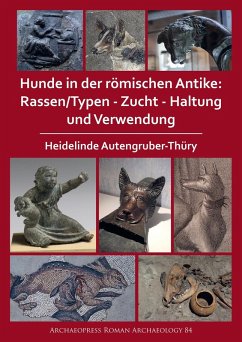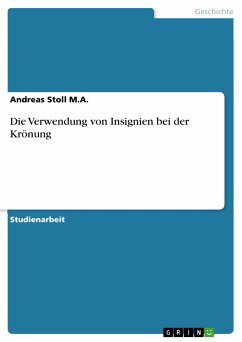Hunde in der romischen Antike: Rassen/Typen, Zucht, Haltung und Verwendung deals extensively with the living environment of the dog in Roman antiquity, based on literary and iconographic sources as well as archaeological and archaeozoological finds. The knowledge gained from this is documented by numerous images. Older research opinions, some of which have gone unchecked for more than a hundred years, are examined and-where necessary-corrected. For the first time, a catalogue of the more than eighty dog breeds/types documented from antiquity is presented with their names, origins, appearance and the special characteristics of these animals. The ancient theories of dog breeding are compared with modern practices. A catalogue of the previously known dog names has been revised with around sixty new names added. The book examines how dogs were housed, what accessories were used and how the animals were fed. It sheds light on illnesses, medical treatment and the care of elderly dogs. A catalogue of epitaphs and extant canine tombstones gives an insight into the emotional world of grieving animal owners. Dogs not only served as guards, shepherds, hunters and lap dogs but also had other important roles such as sacred animals in temples or as waste disposers for sanitation. But they were also used corporeally: their fur was tanned, and their body parts were needed for magical rituals. In short, dogs played an important role in many areas of life, such that everyday life in the Classical world could not be imagined without them.
Dieser Download kann aus rechtlichen Gründen nur mit Rechnungsadresse in A, B, BG, CY, CZ, D, DK, EW, E, FIN, F, GR, HR, H, IRL, I, LT, L, LR, M, NL, PL, P, R, S, SLO, SK ausgeliefert werden.





